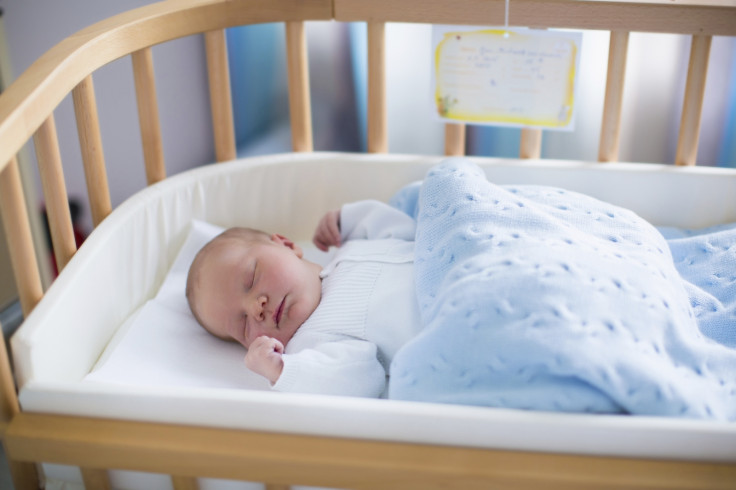Is your baby in pain? Brain scan can detect physical suffering in infants
Babies are unable to express their pain - but non-invasive brain scans could help measure it.
A non-invasive method could help doctors tell whether babies are in pain, a new study has shown. It could help doctors improve the way they care for young patients who are not able to express how they feel – avoiding excessive discomfort during treatment.
Measuring pain in babies has often been tricky. In normal clinical settings, it is often measured by looking at facial behaviours, such as grimacing.
"The problem is that grimacing is not specific to pain and can be generated by a range of stimuli. In the last few years we have started to look at pain-related brain activity because we know that pain is an emotional experience that occurs in the brain", senior author Rebeccah Slater, associate professor of Paediatric Neuroimaging (University of Oxford) told IBTimes UK.
"We wanted to see if we could identify patterns of brain activity in the brains of babies during a painful procedure".
Measuring brain activity
The study, published in the journal Science Translational Medicine, established a measurement of pain in babies based on electroencephalographic (EEG) recordings of their brain activity. The scientists first conducted a pilot study with 18 newborn babies before going on to validate their findings in 72 babies.
"Pain studies are challenging to do in babies, in particular for ethical reasons. But when babies are admitted into hospital they often require medical procedures that can be painful. Here, we were able to measure brain activity following medically essential painful procedures", Slater explained.

Analysing brain activity measurements, they were able to identify a specific 'signature' in response to pain – one that was distinct from brain activity changes associated with non-painful stimuli like flashing lights, gentle touches, or loud noises. This pain-related EEG signature could also be seen babies born pre-term.
Analgesics for babies
Another problems that researchers are often confronted with when studying pain in babies is that analgesics that are effective in adults may not be suitable for infants. Indeed, they metabolise drugs differently and it can be difficult to calculate the correct dosage for them, and to know which drugs work best.
Here, the scientists found that giving topical anesthetics to babies reduced the magnitude of the brain signature associated with pain – suggesting that the technique could be useful in the future to test the effects of different drugs on babies brain activity in response to pain.
"This technique could also help us test analgesics in babies – something that has previously been very hard to do. We are actually in the process of conducting a large clinical trial called the Poppi Trial to see if giving morphine to babies before an eye exam, which we believe to be painful, changes their pain-related brain activity", Slater said.
© Copyright IBTimes 2025. All rights reserved.





















